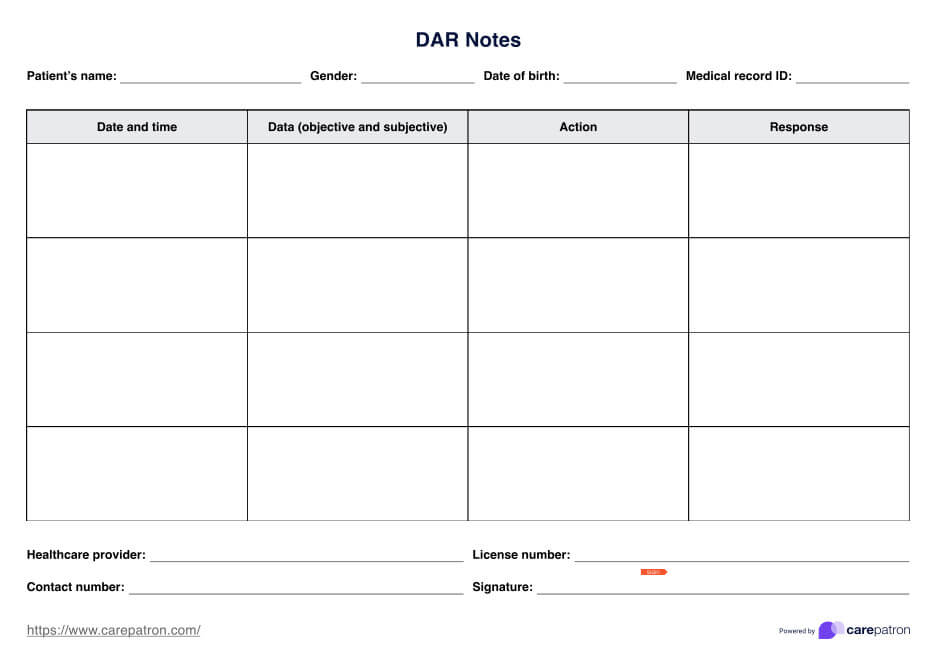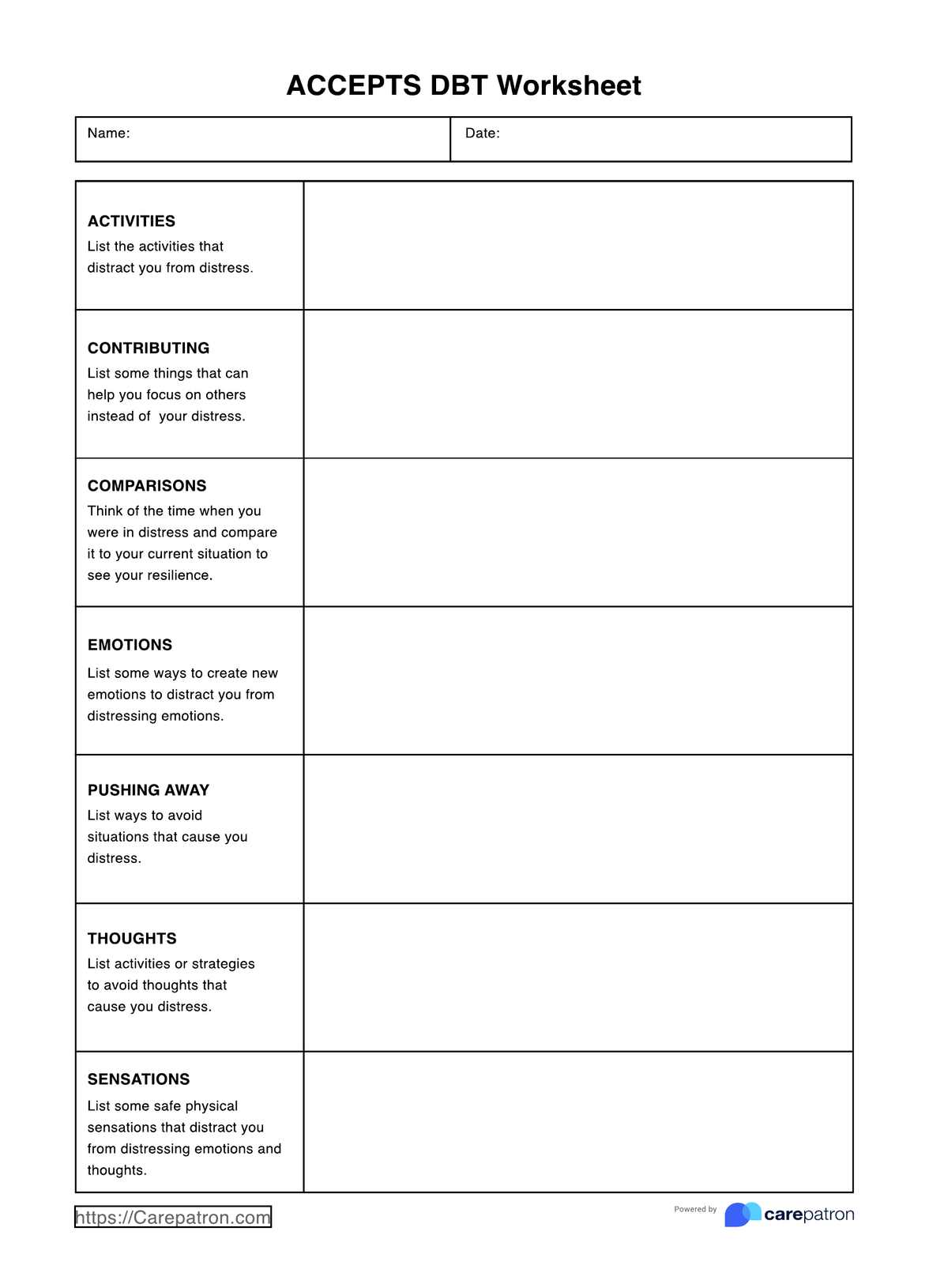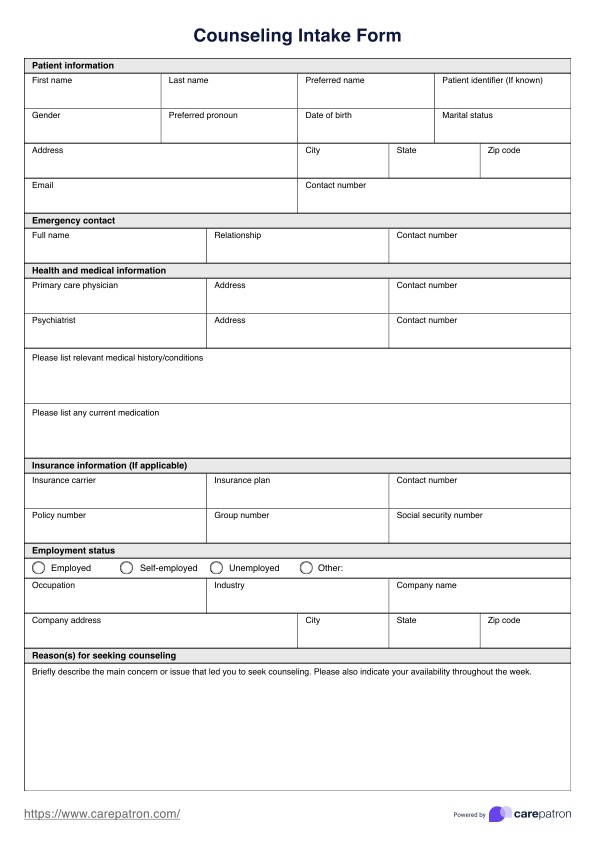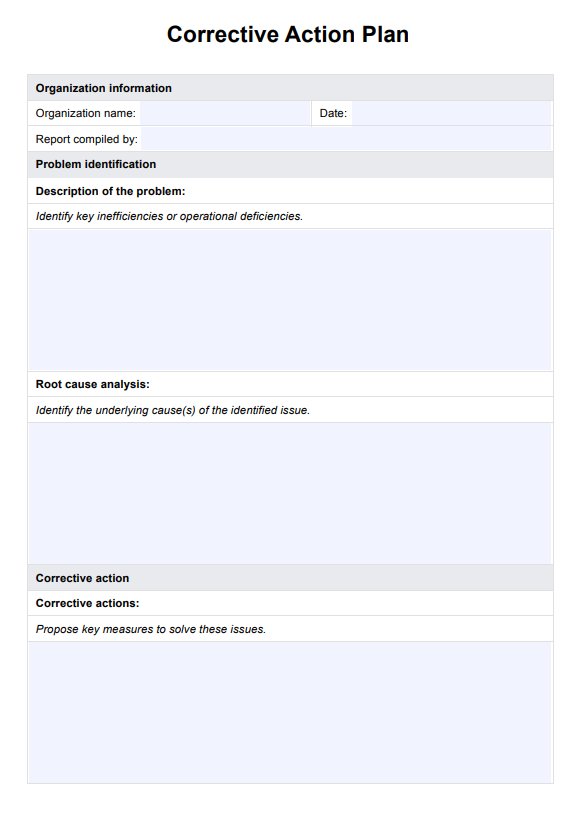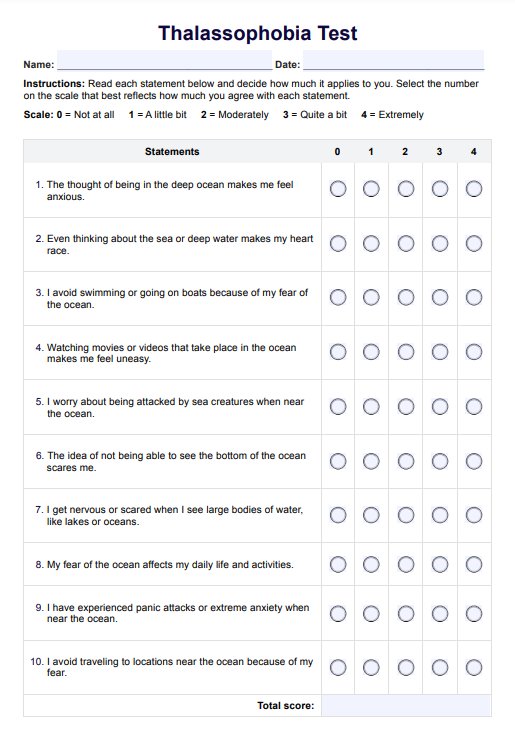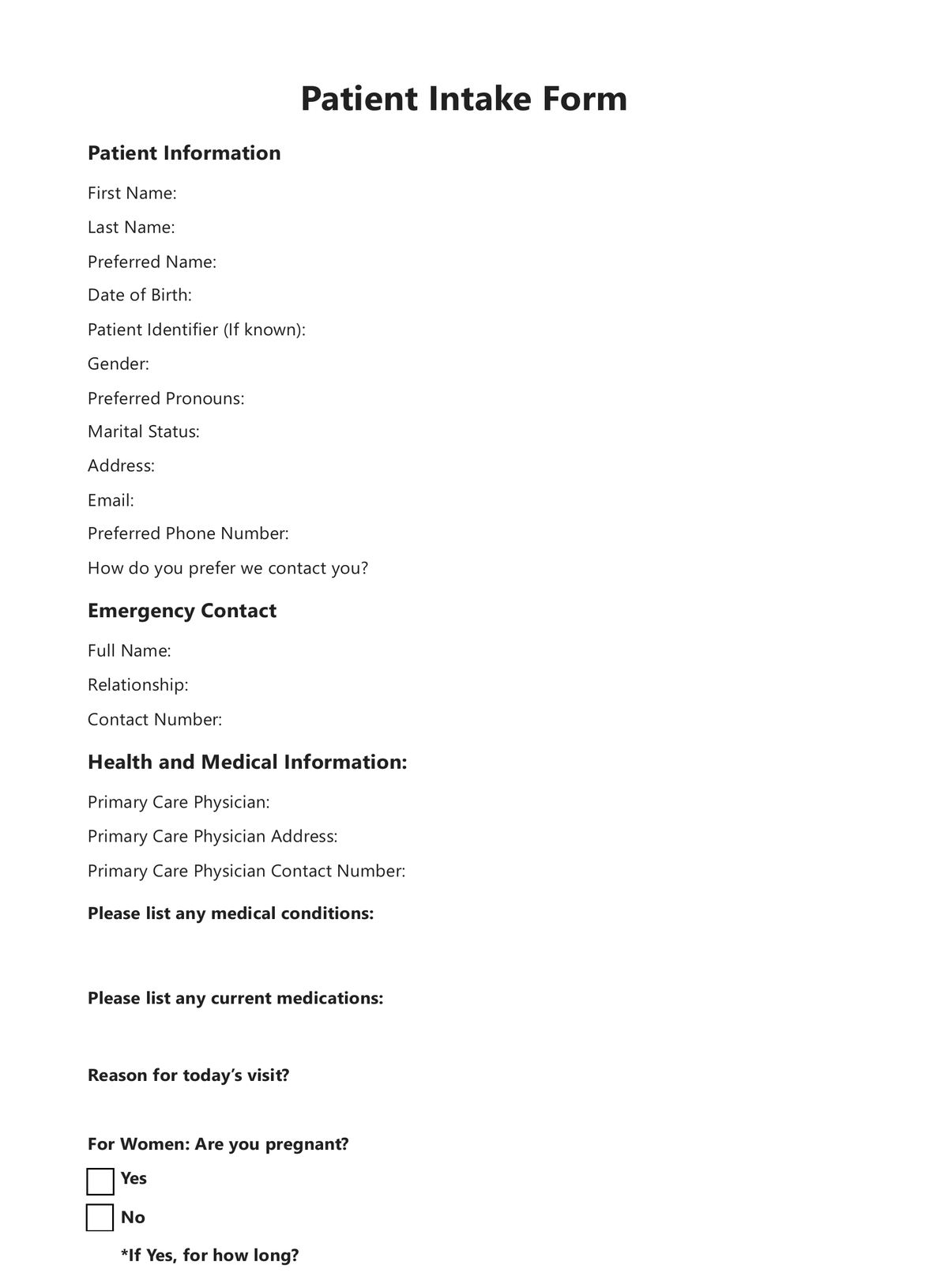Trauma-Informed Care Cheat Sheet
Unlock compassionate care with our Trauma-Informed Care Cheat Sheet—your essential guide to fostering healing and understanding in every interaction.


What is trauma-informed care?
Trauma-informed care, as recognized by the Mental Health Services Administration (SAMHSA), is a holistic approach to mental health services, incorporating a trauma-informed perspective to address the widespread impact of both substance abuse and mental traumatic experiences on individuals' lives.
Rooted in the understanding that individuals may have experienced a traumatic event, whether from substance abuse, historical events, sexual abuse, or other traumatic experiences, trauma-informed care recognizes and emphasizes creating a safe emotional and physical environment.
Trauma-informed care goes beyond merely providing services. It involves a process that recognizes the patient's historical context, evaluates the severity of the trauma, and develops services to respect the individual's readiness for recovery.
Organizations implementing trauma-informed care develop procedures and train their staff with the necessary knowledge and awareness of trauma survivors. This proactive approach ensures that service systems are equipped to address trauma effectively.
Recognizing the significance of leadership in this process, SAMHSA emphasizes the importance of organizational readiness and the ability to sense the community's needs. By doing so, trauma-informed organizations can create a corporate culture recognized for its physical and mental health and emotional healing nature.
Trauma-Informed Care Cheat Sheet Template
Trauma-Informed Care Cheat Sheet Example
How to use this Trauma-Informed Care Cheat Sheet?
This cheat sheet is a practical guide designed to help healthcare professionals implement trauma-informed care principles effectively. This is adapted from SAMHSA's (2023) Practical Guide for Implementing a Trauma-Informed Approach. Here's how you can use it to enhance your practice:
Understand the core principles
Before each session or intervention, quickly review the six principles. Use them as a mental checklist to ensure your approach aligns with trauma-informed care. This is crucial for providing personalized care and treatment planning.
Recognize the impact of trauma
Use the cheat sheet as a prompt for reflection after client interactions. If you notice a client struggling with engagement or seeming overly sensitive to an intervention, refer to the list of ways trauma and traumatic stress can affect individuals. This quick reference can help you adjust your trauma informed practices in real-time, potentially improving client outcomes and rapport.
Implement a holistic approach
Share the cheat sheet with colleagues across different departments and use it as a discussion tool in team meetings. When planning new initiatives or reviewing existing processes, especially in behavioral health services, refer to the cheat sheet to ensure you're considering trauma at all levels - individual, interpersonal, and organizational. Use it to spark conversations about how to make your entire organization more trauma-informed.
Continuously evaluate and adapt
Use the cheat sheet as a reminder to remain flexible and responsive to the patient’s needs. Use the trauma-informed principles as a benchmark for self-assessment and team evaluation. When you encounter challenging situations or feel stuck with a client who has experienced trauma, consult the tool as a reference.
How does this cheat sheet benefit healthcare professionals?
This cheat sheet provides healthcare professionals with a clear, structured approach to practicing trauma-informed care, offering medical professionals several key benefits:
Guidance for effective communication
The cheat sheet outlines specific strategies for establishing trust, communicating transparently, and obtaining informed consent, which is crucial for creating a supportive environment where patients feel safe and understood.
Enhanced patient autonomy
The cheat sheet encourages healthcare professionals to involve patients in decision-making and respect their cultural backgrounds and preferences. It promotes patient empowerment and collaboration and leads to more positive health outcomes.
Proactive environment management
The cheat sheet helps professionals create a physical environment that minimizes potential trauma triggers, especially for patients with sensory sensitivities. This reduces stress and enhances the overall care experience.
Improved trauma recognition
By highlighting the importance of recognizing and responding to signs of trauma, the cheat sheet enables healthcare providers to adjust their approach in real-time, ensuring that care is both sensitive and effective.
Support for provider well-being
The cheat sheet acknowledges the emotional challenges of providing trauma-informed care. This can serve as a reminder for professionals to engage in self-care and seek support when needed. This focus on provider well-being helps sustain their capacity to deliver high-quality care over time.
Consistent care delivery
With clear, actionable steps, the cheat sheet ensures that trauma-informed care principles are consistently applied across different patient interactions, leading to more reliable and effective care outcomes.
Why is trauma-informed communication vital in medical settings?
Trauma-informed communication plays a vital role in medical settings due to its integral connection to providing a trauma-informed approach to care. Recognizing the impact of trauma on various aspects of an individual's life, a trauma-informed organization in a medical context is developed to address the emotional and physical aspects of the patient experience, promoting better health outcomes.
In medical settings, historical trauma or past negative experiences can influence a person's response to healthcare. By focusing on trauma-informed communication, healthcare providers engage with patients in a manner that considers their past experiences and history, promoting a healing emotional environment. This approach is crucial in addressing the frequently occurring challenges within a medical department, ensuring that the patient feels heard and understood.
Trauma-informed communication goes beyond addressing physical symptoms. It is a part of the evaluation process for receiving services, considering the individual's history and the organization's overall focus on providing comprehensive care.
Reference
Substance Abuse and Mental Health Services Administration. (2023). Practical guide for implementing a trauma-informed approach. https://store.samhsa.gov/sites/default/files/pep23-06-05-005.pdf
Commonly asked questions
Trauma-informed approaches are frameworks that recognize the widespread impact of trauma on individuals and aim to create a safe and supportive environment for healing. These approaches prioritize understanding the effects of trauma on a person's mental, emotional, and physical well-being, emphasizing safety, trustworthiness, choice, collaboration, and empowerment.
The 4 R's of trauma-informed care are 1) Realization of the widespread impact of trauma and its potential effects on individuals; 2) Recognition of the signs and symptoms of trauma in clients, families, and staff; 3) Response by integrating knowledge about trauma into policies, procedures, and practices; and 4) Resisting retraumatization.
The principles of trauma-informed care include safety, ensuring that clients feel physically and emotionally safe; trustworthiness, establishing transparency and consistency in practices; peer support, promoting mutual self-help and support among individuals; collaboration, involving clients in decision-making and care planning; empowerment, fostering a sense of control and choice; and cultural, historical, and gender considerations.


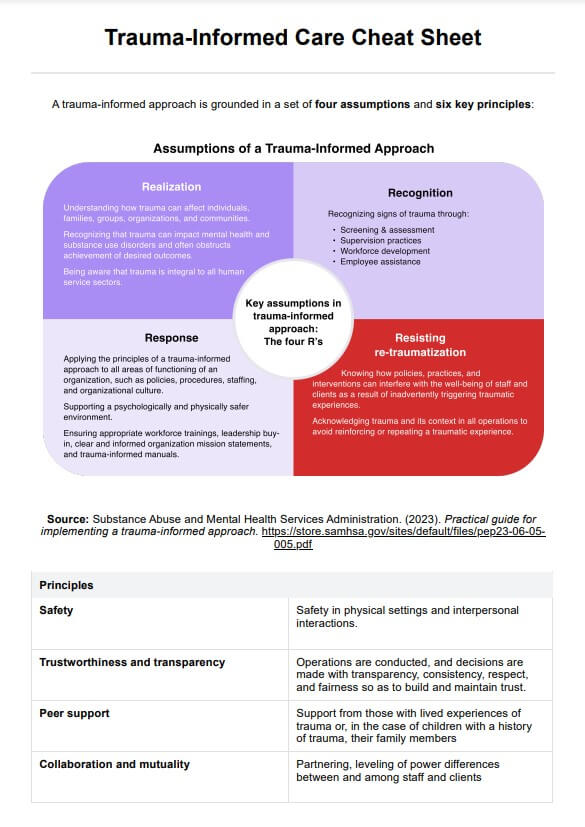
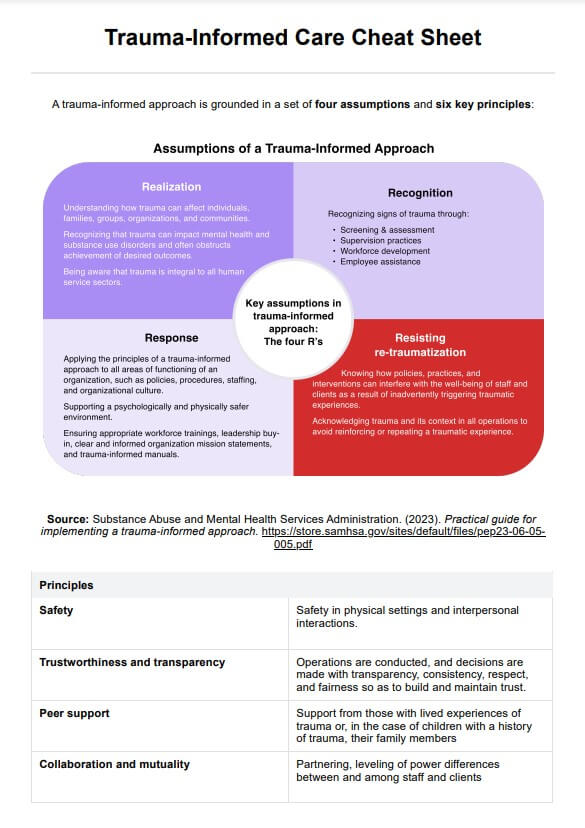





















-template.jpg)














































































